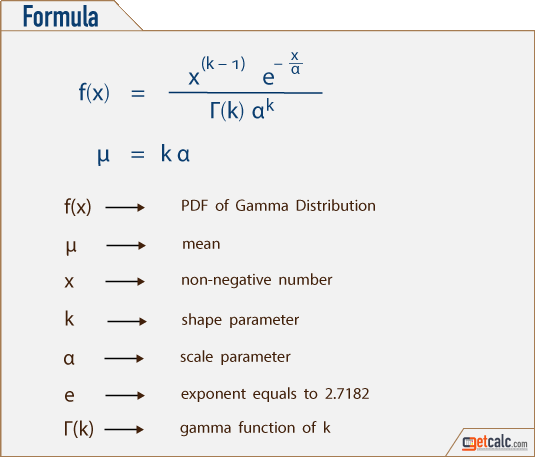
The lower the variance, the more consistent the results are, and vice versa.Ĭomputing the variance is also built in to pandas DataFrames: from pandas import * The variance in the performance provides a measurement of how consistent the results of an experiment are. Mean Shannon Diversity w/ 0.8 Parasite Virulence = 1.2691338188 Print ("Mean Shannon Diversity w/ 0.8 Parasite Virulence =",ĮxperimentDF = 0.8].mean()) Thus, computing the mean of a DataFrame only takes one line of code: from pandas import * The mean performance of an experiment gives a good idea of how the experiment will turn out on average under a given treatment.Ĭonveniently, DataFrames have all kinds of built-in functions to perform standard operations on them en masse: `add()`, `sub()`, `mul()`, `div()`, `mean()`, `std()`, etc. Mean virulence across all treatments w/ filled NaN: 0.642857142857 Mean virulence across all treatments w/ dropped NaN: 0.75 Print ("Mean virulence across all treatments w/ filled NaN:",ĮxperimentDF.fillna(0.0).mean()) It can have a significant impact on your results! print ("Mean virulence across all treatments w/ dropped NaN:",ĮxperimentDF.dropna().mean()) Take care when deciding what to do with NA/NaN entries. (2) replace all of the NA/NaN entries with a valid value print experimentDF.fillna(0.0) If you only care about NA/NaN values in a specific column, you can specify the column name first. (1) filter out all of the entries with NA/NaN # NOTE: this drops the entire row if any of its entries are NA/NaN! Thus, it behooves you to take care of the NA/NaN values before performing your analysis. Mean virulence across all treatments: nan Print "Mean virulence across all treatments:", m(experimentDF) However, not all methods in Python are guaranteed to handle NA/NaN values properly. Mean virulence across all treatments: 0.75 print "Mean virulence across all treatments:", an() Print experimentDF)]ĭataFrame methods automatically ignore NA/NaN values. Here’s an example data set with NA/NaN values. Print experimentDF > 2.0]īlank/omitted data (NA or NaN) in pandas DataFramesīlank/omitted data is a piece of cake to handle in pandas. # show all entries in the ShannonDiversity column > 2.0 You can also access all of the values in a column meeting a certain criteria. # show the 12th row in the ShannonDiversity column # show all entries in the Virulence column You can directly access any column and row by indexing the DataFrame. # must specify that blank space " " is NaNĮxperimentDF = read_csv("parasite_data.csv", na_values=) DataFrames are useful for when you need to compute statistics over multiple replicate runs.įor the purposes of this tutorial, we will use Luis Zaman’s digital parasite data set: from pandas import *

The pandas module provides powerful, efficient, R-like DataFrame objects capable of calculating statistics en masse on the entire DataFrame.
#Basic statistical calculations full#
If we don’t cover a statistical function or test that you require for your research, SciPy’s full statistical library is described in detail at: Python’s pandas Module SciPy provides a plethora of statistical functions and tests that will handle the majority of your analytical needs. The majority of data analysis in Python can be performed with the SciPy module.
#Basic statistical calculations how to#
For more advanced statistical analysis, we cover how to perform a Mann-Whitney-Wilcoxon (MWW) RankSum test, how to perform an Analysis of variance (ANOVA) between multiple data sets, and how to compute bootstrapped 95% confidence intervals for non-normally distributed data sets. Namely, we cover how to compute the mean, variance, and standard error of a data set. In this section, we introduce a few useful methods for analyzing your data in Python. This is all coded up in an IPython Notebook, so if you want to try things out for yourself, everything you need is available on github: Statistical Analysis in Python This is basically an amalgamation of my two previous blog posts on pandas and SciPy. I finally got around to finishing up this tutorial on how to use pandas DataFrames and SciPy together to handle any and all of your statistical needs in Python.


 0 kommentar(er)
0 kommentar(er)
